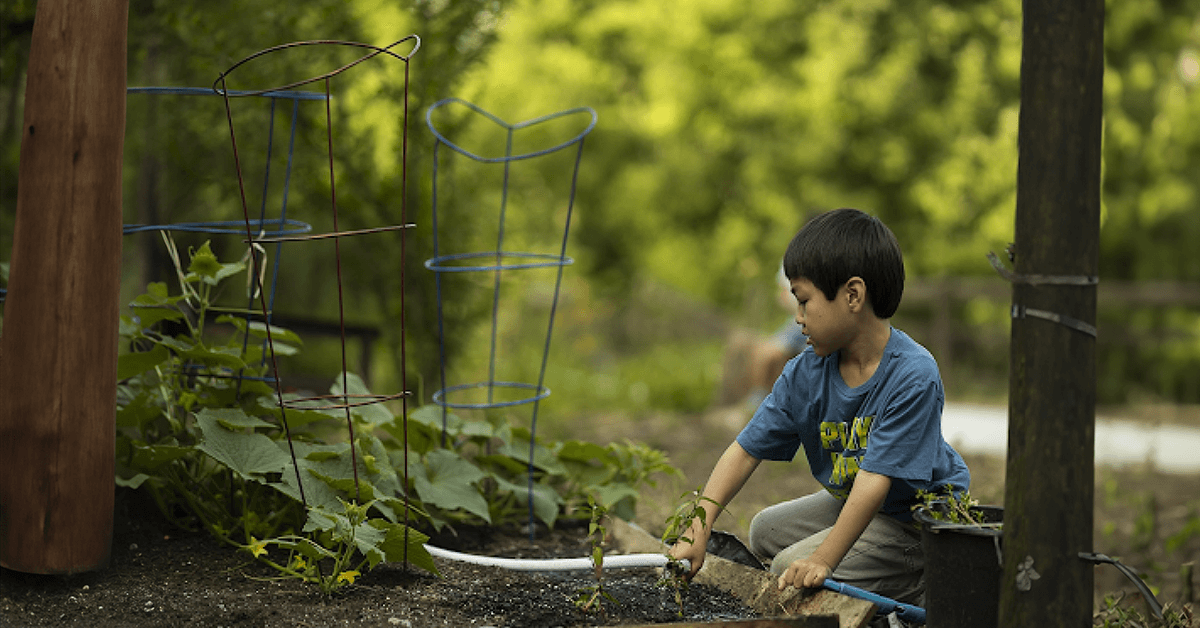June 24, 2024
Seeding Your Children’s Future Through Gardening
After our long winters, summer is truly something special to experience and savor. And there’s no better way to lure kids outside in June than through gardening. Whether you live in the country or the city, you can help children foster a love of nature by growing gardens alongside them. Kids can learn about botany, take on new responsibilities, and have fun making nutritious meals with their harvests.
And if you think gardening is just about digging in the dirt, think again. Gardening is a natural antidote to anxiety and depression. It gives kids meaning and purpose. It fosters independence and agency. It connects them to the natural world. Perhaps most important, it cultivates resilience by allowing kids to fail safely — often through no fault of their own.
Schools give children a lot of information about the environment and the scientific processes at work in nature. But they often forget to focus on some of the most important related questions, involving what it means to be a caretaker of the earth, connect with nature, and thereby truly live within the world. I’m grateful to be the Middle School…


